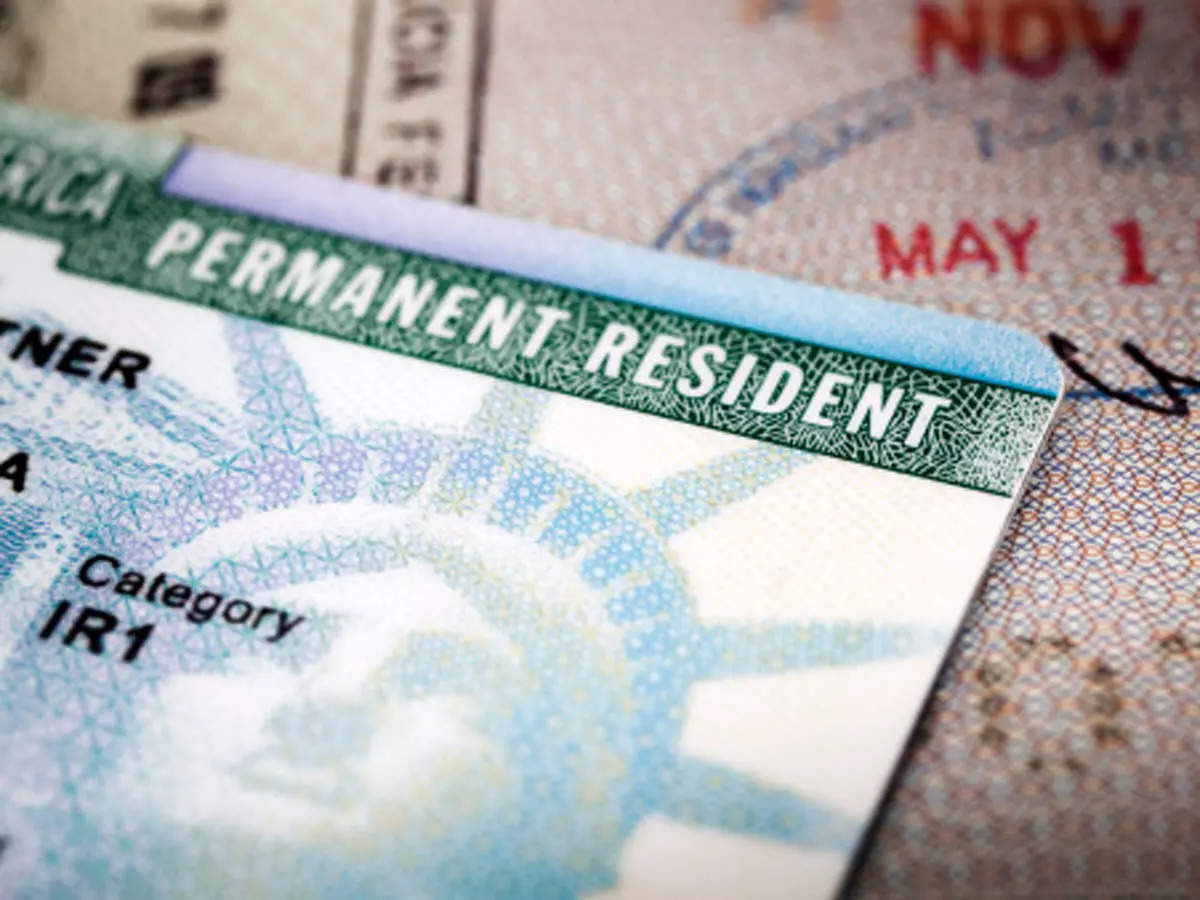
The United States has long been a land of opportunity, attracting people from around the world in search of a better life. For those dreaming of making the U.S. their permanent home, there are two key pathways to consider: the immigrant visa – green card. These are distinct, yet interconnected, elements in the journey towards U.S. residency. Let’s explore the differences and connections between them.
The Immigrant Visa: Your First Step
An immigrant visa, also known as a U.S. visa for permanent residency, is often the initial step for those seeking to live and work in the United States. It grants the holder permission to enter the country with the intent of becoming a permanent resident. There are several types of immigrant visas, including family-sponsored, employment-based, and diversity visas.
Family-Sponsored Immigrant Visa
One of the most common ways to obtain an immigrant visa is through family sponsorship. If you have close relatives who are U.S. citizens or green card holders, they can sponsor you. This can include spouses, parents, children, and siblings. The sponsor must file a petition on your behalf, and upon approval, you will receive an immigrant visa, allowing you to enter the U.S. and begin the process of becoming a permanent resident.
Employment-Based Immigrant Visa
For those with specialized skills, job offers in the U.S., or unique talents, the employment-based immigrant visa is a viable option. Employers can petition on behalf of foreign workers, and upon approval, you can obtain an immigrant visa to work and live in the United States. This route is often chosen by professionals, researchers, and individuals with exceptional abilities in various fields.
Diversity Visa
The Diversity Visa (DV) program, also known as the green card lottery, provides an opportunity for individuals from countries with low rates of immigration to the U.S. to apply for a visa. Every year, a limited number of visas are available through a random lottery system. If selected, you can obtain an immigrant visa, which opens the door to permanent residency in the U.S.
The Green Card: Your Key to Permanent Residency
While an immigrant visa is the gateway to the U.S., a green card is the ultimate goal for many. A green card, officially known as a Permanent Resident Card, signifies your status as a lawful permanent resident of the United States. It grants you the privilege of living and working in the country indefinitely. Here’s how the green card fits into the immigrant visa process.
Immigrant Visa Leads to Green Card
The immigrant visa is the bridge to obtaining a green card. Once you enter the U.S. with an immigrant visa, you become a conditional permanent resident. In most cases, this condition lasts for two years. To remove the condition and obtain a regular green card, you must meet certain requirements. For family-sponsored immigrants, this typically involves proving a bona fide marriage or qualifying familial relationship. Employment-based immigrants must demonstrate their continued employment or investment in the U.S.
Applying for a Green Card
To apply for a green card, you typically need to submit Form I-485, Application to Register Permanent Residence or Adjust Status. The process involves biometrics collection, background checks, and an interview with U.S. Citizenship and Immigration Services (USCIS). If all requirements are met, you will receive your green card, granting you permanent residency.
Benefits of a Green Card
The green card offers numerous benefits that go beyond what an immigrant visa provides:
Freedom to Live and Work: With a green card, you have the flexibility to live and work anywhere in the United States. You are not tied to a specific job or location.
Access to Social Services: Green card holders are eligible for certain social services, including education, healthcare, and social security benefits.
Path to Citizenship: Having a green card opens the door to U.S. citizenship. After five years as a green card holder, you can apply for naturalization, becoming a full-fledged U.S. citizen.
Protection of U.S. Laws: As a permanent resident, you are protected by U.S. laws and enjoy the same legal rights as U.S. citizens.
Global Travel: Green card holders can travel in and out of the U.S. more freely, with fewer travel restrictions compared to those on an immigrant visa.
Immigrant Visa vs Green Card: Which One to Choose?
The decision between an immigrant visa and a green card depends on your individual circumstances, goals, and eligibility. Here are some factors to consider:
Immediate Family Reunification: If your primary goal is to reunite with close family members in the U.S., pursuing a family-sponsored immigrant visa might be the fastest and most straightforward option.
Employment Opportunities: If you have a job offer in the U.S. or possess specialized skills, the employment-based immigrant visa could be your route to a green card. It offers a direct path to permanent residency.
Diversity Visa Lottery: For those from countries with low U.S. immigration rates, the diversity visa lottery can be an attractive way to obtain an immigrant visa and, subsequently, a green card.
Long-Term Goals: If your intention is to make the U.S. your permanent home and eventually become a U.S. citizen, pursuing a green card from the outset may be the most efficient choice.
Eligibility and Processing Times: It’s essential to assess your eligibility for each option and consider the processing times, as they can vary significantly.
In some cases, individuals may initially come to the U.S. on a non-immigrant visa, such as a student or work visa, and later transition to an immigrant visa and green card. This approach allows them to test the waters and make an informed decision about their long-term plans in the United States.
The Road to U.S. Residency
In summary, the immigrant visa and green card are interconnected elements in the journey towards U.S. residency. The immigrant visa grants you temporary permission to enter the U.S., while the green card is the golden ticket to permanent residency and the pursuit of American dreams. The choice between the two depends on your specific circumstances, goals, and eligibility. Whether you opt for an immigrant visa vs green card, the United States welcomes you with open arms, ready to provide opportunities and a diverse, vibrant, and culturally rich environment for you to thrive.



